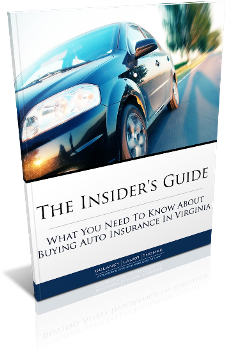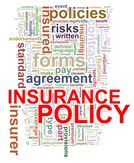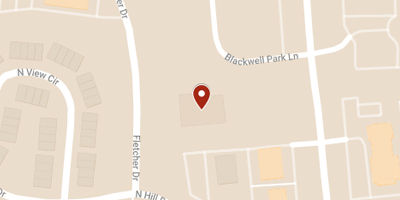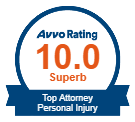First, the good news. The latest drunk driving assessment from the National Highway Traffic Safety Administration (NHTSA) reveals that deaths have fallen by a third in the last three decades; however, drunk-driving crashes claim more than 10,000 lives per year. Officials speculate that this reduction is due to increased legal enforcement of DUI laws and campaigns by government and non-profit groups that encourage zero-tolerance for drinking and driving and promote the importance of designated drivers. However, an overall reduction in DUI related accident deaths isn’t the whole picture.
The study also revealed that drivers who hold multiple convictions for driving while intoxicated are more likely to be involved in a fatal crash. This small group of “high-risk” drivers – those with a prior conviction or a BAC higher than 0.15 – seem impervious to anti-drunk-driving campaigns and stricter laws regarding driving while intoxicated. The number of these drivers involved in fatal crashes has remained steady, which has officials questioning how to address the problem.
How to Reform High-Risk Drunk Drivers
Mothers Against Drunk Driving (MADD) defines a “high-risk driver” as:
- Offenders convicted (conviction is defined as receiving a court-imposed sanction) of a second DUI (driving under the influence) offense within a five-year period – these drivers are 40% more likely to be involved in a fatal crash than drivers without a prior conviction.
- Offenders convicted of a first DUI offense with a BAC of .15 percent or higher – these drivers are 382 times as likely to be involved in a fatal crash as a non-intoxicated driver.
- Offenders convicted of a DUI offense, where the suspension was the result of a conviction for DUI – these drivers are about 4.9% more likely to be involved in a fatal crash than a properly licensed driver.
In order to keep these high-risk drivers from taking more lives, MADD suggests the following:
- Restrict the ability of high-risk drivers to drive by suspending their licenses, impounding or immobilizing their vehicles, and requiring alcohol ignition interlock devices on their vehicles.
- Enforce restitution sanctions on high-risk drivers by requiring compensation to the community through fines, mandatory incarceration, and financial restitution to crash victims.
- Push recovery programs for high-risk drivers like mandatory alcohol assessment and treatment, intensive probation and attendance at victim impact panels.
- More regular, highly publicized sobriety checkpoints should be used as a tool in deterring, identifying and apprehending high-risk drivers and other potential offenders.
Drinking and Driving in Virginia
The NHTSA study shows that in 2007 of the 1027 people killed in Virginia traffic accidents, 332 (32%) of those were involved in an alcohol-related crash. This is an increase of 34 deaths (11%) over the previous year. Virginia also has the dubious distinction of having the largest increase in the nation of 24 motorcyclist fatalities in alcohol-impaired driving crashes.
If you or someone you love has been involved in an accident with an intoxicated driver, then we want to hear from you.
Please contact the Northern Virginia law offices of Dulaney, Lauer & Thomas today and let us work with you to secure the justice and compensation that you deserve.















